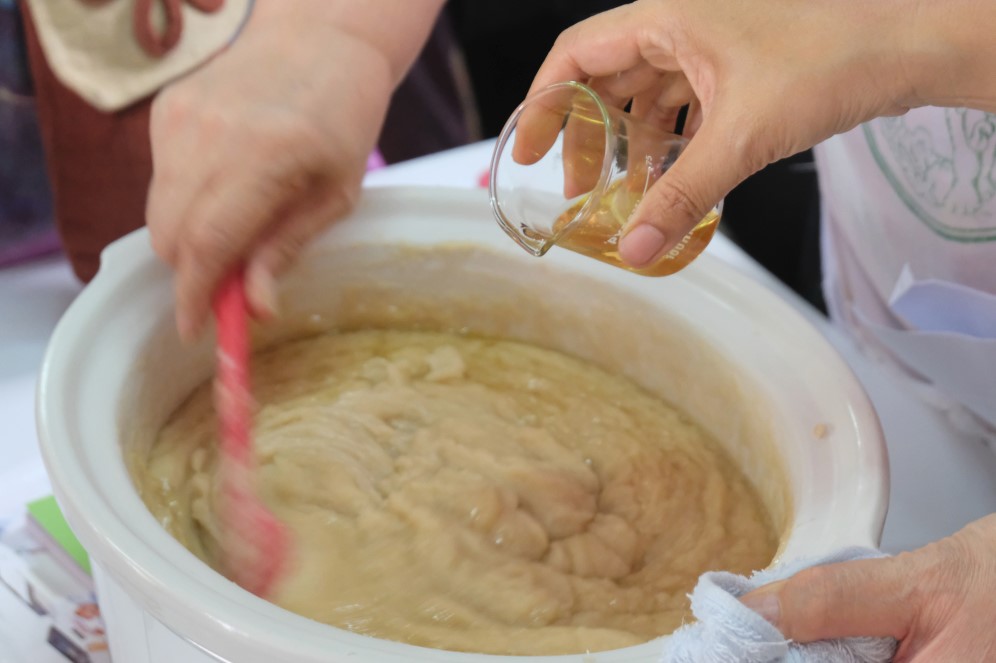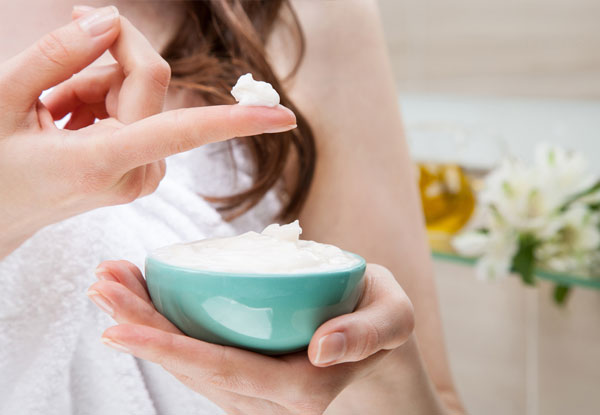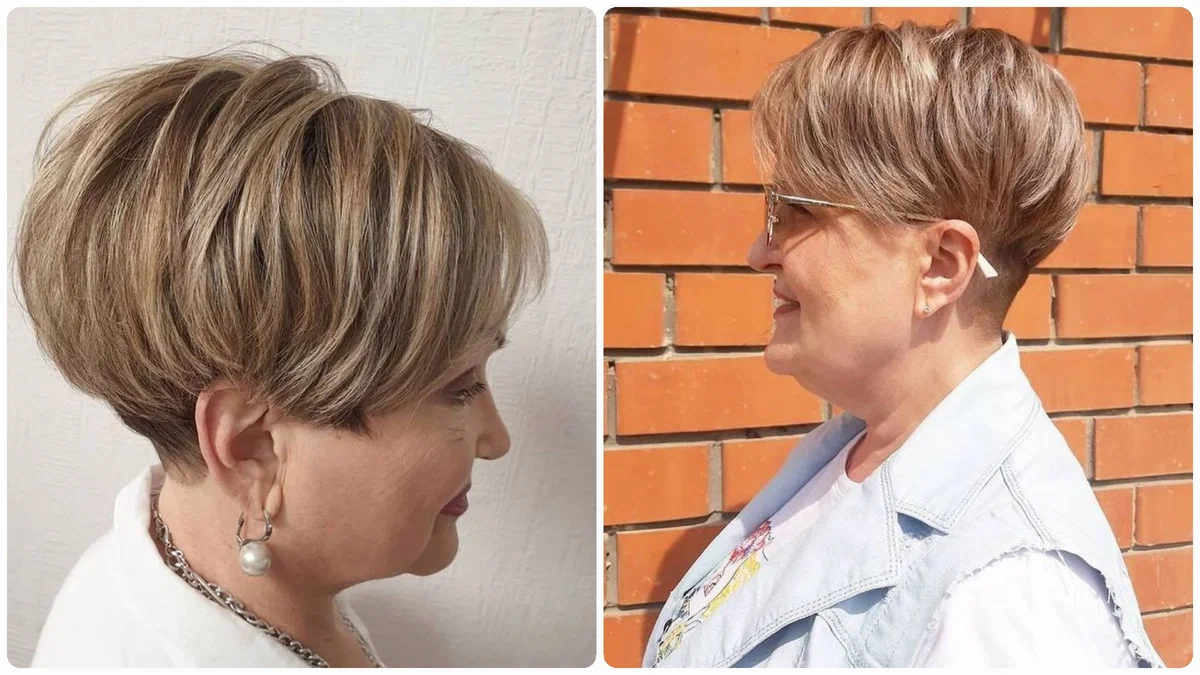You don’t really need fancy or special equipment to make soap. You can probably find most of the things you need right in your kitchen.
You can use heat resistant plastic, although stainless steel is preferred. You can use glass, but be mindful that you will be using oils and if you drop a glass container it can break, resulting in the loss of the oil and the container.
The chemical reaction of the lye can reach temperatures of up to 200 degrees and can stay there for an extended period of time, so it is important that the container can handle that amount of heat, as well as the caustic alkaline mixture.
When you do invest and buy soap making equipment, buy quality tools that you can use for a long time.

By Kawitsara / shutterstock.com
You’ll need these basics to get started:
Good Scale: Accurate measurement of ingredients is crucial to making sure that your soap turns out properly and that you can make your soap the same quality every time. Look for a scale that measures fractions of an ounce so you can weigh essential oils and herbs for small batches.
Safety Gear: Proper safety gear is a must. Buy quality safety eyewear and gloves. Having glasses that fit properly and are comfortable ensures that you will wear them, the same goes for gloves, if your gloves are loose-fitting they will get in the way and you will be less inclined to wear them. Always wear safety glasses and gloves to protect your eyes and skin.
Large heat-resistant plastic or glass container: This will be used to mix the lye in. Always clearly label this container and keep it out of the reach of children and pets.
Large long-handled mixing spoon: This can be made of stainless steel or plastic. You’ll need this to stir the lye solution.
Soap Pot: Depending on the batch sizes you’ll be making, find an appropriate sized pot. You will use your soap pot to melt your oils and to blend the soap. A large 8 to 12 quart stainless steel pot should accommodate large batches of soap.
Thermometer: using an easy to read and easy to calibrate thermometer will let you monitor the temperatures of the lye mixture and of the oils you are using.
Measuring Spoons: you will need these to measure essential oils, additives, dyes or colorants.
Stick Blender: These are essential to quickly and thoroughly blend the oils with the lye solution.
A stick blender also ensures that any additives will get thoroughly blended in and not clump together.
Ladle: A ladle will make transferring your soap mixture from the pot to the molds much easier.
Small mixing spoons and mixing bowls: These will be used to blend dyes or colorants into your soap mixture.
Soap Molds: You can use many different containers as a soap mold. Boxes or round containers make great molds as you can slice the soap into bars or rounds.
Make sure the molds are able to handle the heat and do not leak. You can line molds with plastic wrap or freezer paper.
Rubber Spatula: This will be used to scrape down the sides of the soap pot, so you can use all of the soap mixture. It can also be used to smooth the top of the soap once it is in the mold.
Cleaning Towels: There are bound to be a few spills, so having some cleaning towels handy will make clean up easier.
Note: The items you need from this list will depend on which soap making process you choose. The different soap making methods are covered in the following chapters. When you make your first batch, read the recipe and make sure that you have the right equipment.
You need everything to be the right size, to accommodate the oils and lye solution. Some recipes may have oils added at different times so you may need an extra container or two. As you make soap you will learn which tools and equipment you like and you can customize your set up to your needs.
[adinserter block=”7″]
[adinserter block=”9″]
[adinserter block=”3″]







Leave a Comment